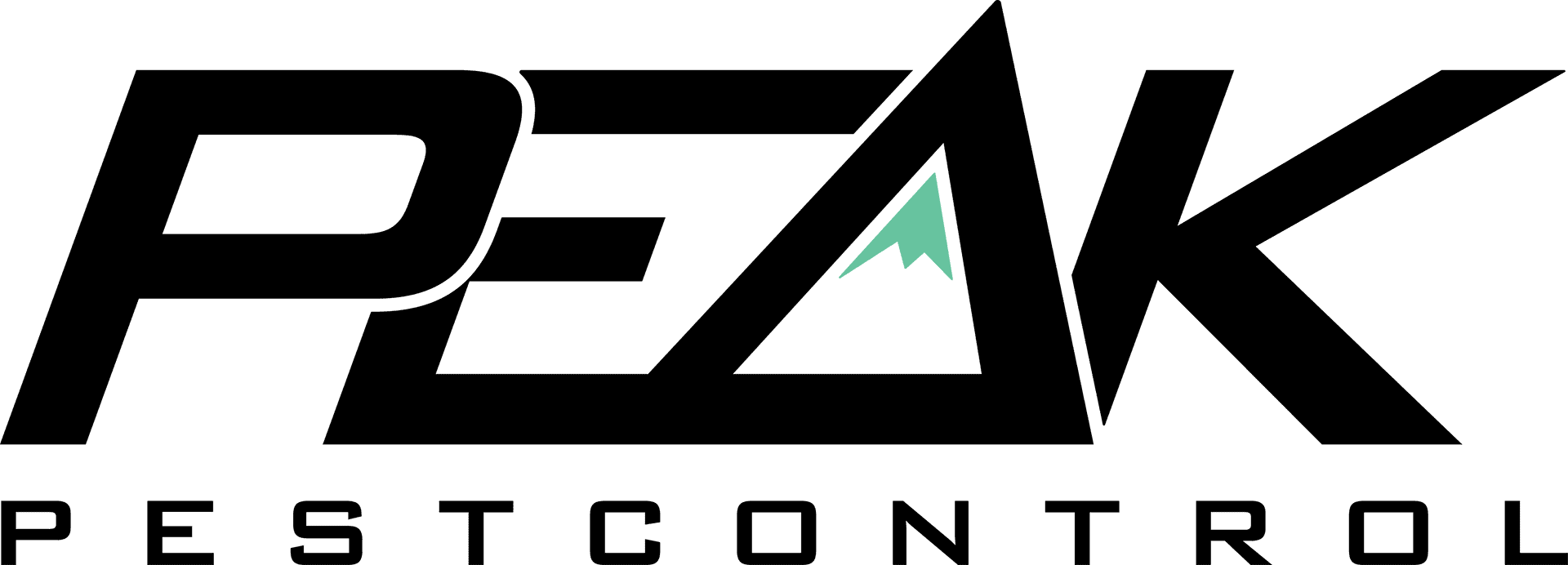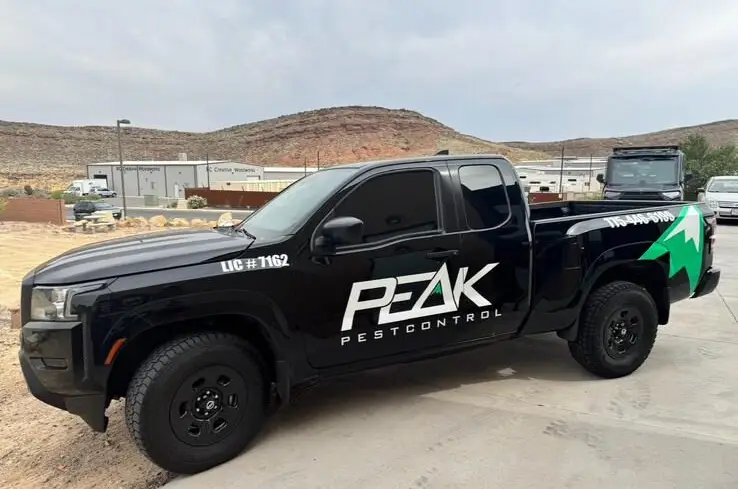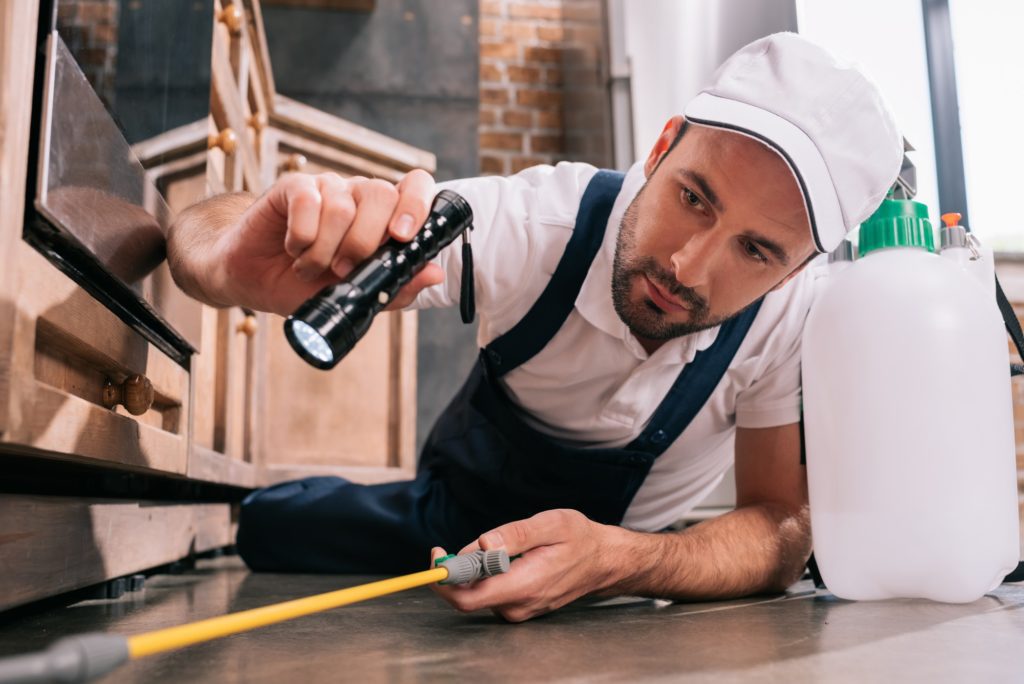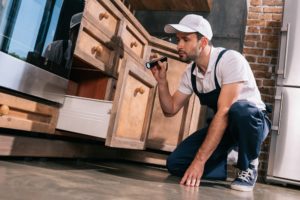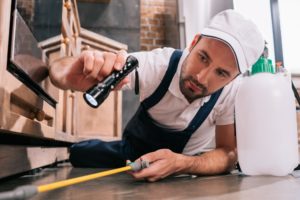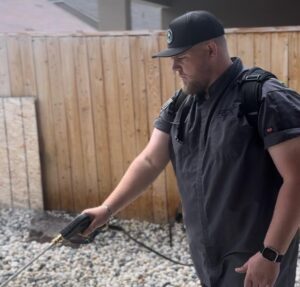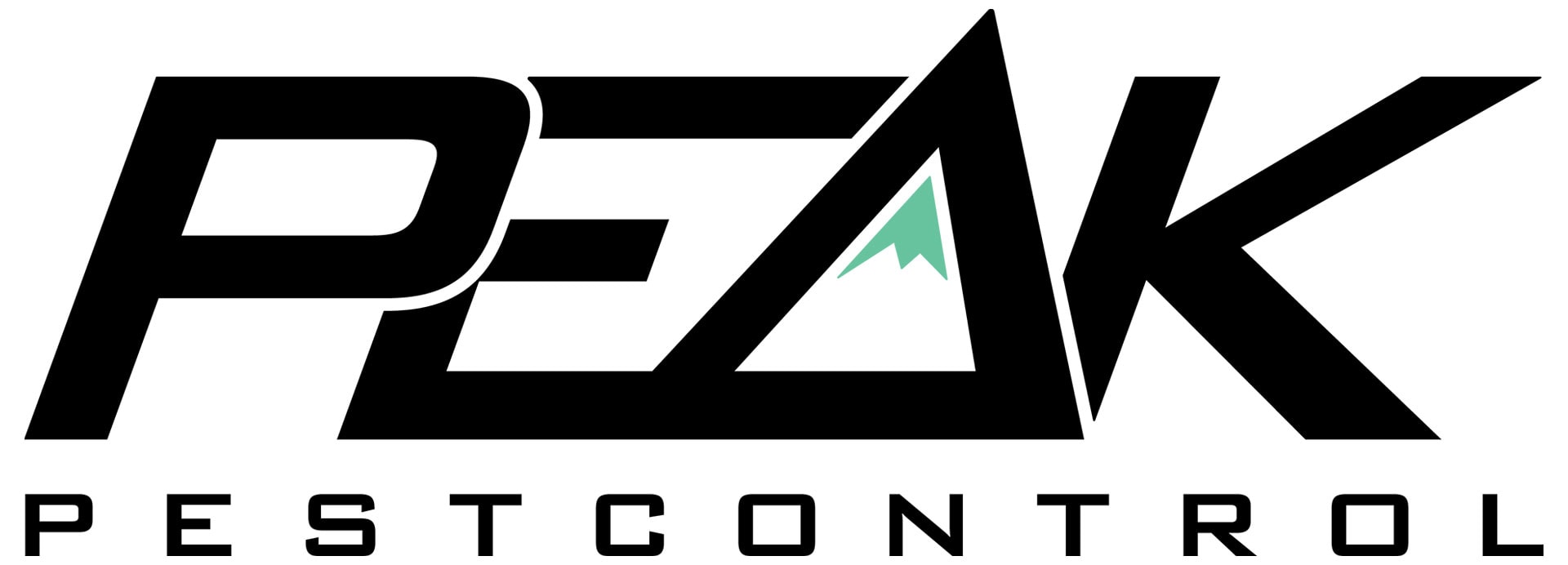When a home or yard gets treated for pests, even with careful application, there’s a window of risk. You want to protect your family, but you also want to solve your pest problem for good.
Here’s how you can prevent pest infestations and avoid putting yourself at risk of exposure to treatments and solutions.
Why Kids and Pets Are at Higher Risk
Children and pets interact with their environment differently from adults. Kids, for example, crawl on floors, put objects in their mouths, and tend to play close to the ground. Dogs and cats sniff, lick, and sometimes eat things they shouldn’t. Both groups are more likely to come into direct contact with treated surfaces, residues, or baits, compared to adults who have better sense and self-control.
Even when treatments use low-risk or natural products, direct exposure is never a good idea.
The goal when it comes to pest control is to minimize contact until it’s completely safe.
Before Treatment: Set Up for Safety
Tell Your Technician About Kids and Pets
Always mention if you have children or animals at home. This helps your pest control provider tailor their approach and give you clear instructions for your situation.
Remove Food and Water Bowls
Take up all pet food and water dishes. Store them in a cabinet or the fridge until the treatment is finished and the area is safe.
Clear Away Toys and Bedding
Pick up children’s toys, stuffed animals, blankets, and anything else your child touches or puts in their mouth. Do the same for pet bedding and toys. Move these items out of the treatment zone.
Protect Aquariums and Cages
If you have fish tanks, reptile enclosures, or bird cages, move them from the area if possible. If not, cover them tightly with a towel or plastic sheet.
Seal Off the Area
Plan to keep kids and pets out of the rooms or yard sections being treated. Use baby gates, closed doors, or physical barriers as needed.
During Treatment: Keep a Safe Distance
Supervise and Separate
Keep children and pets in a different part of the house or outside the home entirely while the work happens. If you can, arrange for a neighbor or family member to watch them for a few hours.
Follow Instructions
Your pest control technician will tell you how long to stay out of treated areas. Stick to these guidelines. They’re based on the products used and how long it takes for surfaces to dry or residues to settle.
Ventilate if Advised
After treatment, open windows and doors if your technician says it’s okay. Fresh air helps speed up drying and disperses any lingering odors or particles.
After Treatment: Safe Reentry Steps
Wait for the All-Clear
Don’t let kids or pets back into treated spaces until you’ve been told it’s safe. This might range from a few hours to longer, depending on the treatment.
Wipe Down Surfaces
Clean floors, counters, and any surfaces your child or pet might touch. Use soap and water on toys, play mats, or pet bowls before returning them to the area.
Check for Leftover Baits or Traps
Inspect the area for any bait stations, traps, or residues. Make sure they’re out of reach or removed if not needed.
Monitor for Reactions
Watch for any signs of skin irritation, sneezing, or unusual behavior in your child or pet after reentry. If you notice anything concerning, wash the affected area with soap and water and contact your healthcare provider or veterinarian.
Everyday Habits That Reduce Risk
- Keep all pest control products, even natural ones, locked away from children and animals.
- Prevent future infestations by closing up cracks, fixing screens, and keeping food sealed. This reduces the need for repeat treatments.
- There’s a connection between clean homes and pests. A clean home is less attractive to pests. Regularly wipe down surfaces, vacuum floors, and keep clutter to a minimum.
Special Considerations for Outdoor Treatments
Keep Off the Grass
If your yard is treated, don’t let kids or pets play on the lawn until it’s dry and safe. Rain or sprinklers can reactivate some treatments, so follow your technician’s timeline.
Rinse Outdoor Toys
Wash any outdoor toys, pet bowls, or play equipment that might have been exposed.
What to Do if Exposure Happens
Let’s say that the inevitable happened and your children or pets were exposed to treatments and solutions. What do you do then? Is it too late? Definitely not at all!
The first thing you should do is wash the area with soap and water right away. If a child or pet eats something treated or licks a surface, rinse their mouth and call your doctor or veterinarian for advice. Finally, if they made eye contact, flush their eyes with water for several minutes and seek medical help.
Never ever attempt to self-medicate. You’ll likely only make the situation worse.
Final Thoughts
You don’t have to choose between a safe home and a pest-free one. With the right steps, you can protect your kids and pets before, during, and after pest treatments. Follow instructions, keep curious hands and paws away, and clean up thoroughly.
If you have questions, always ask your pest control provider for advice.
